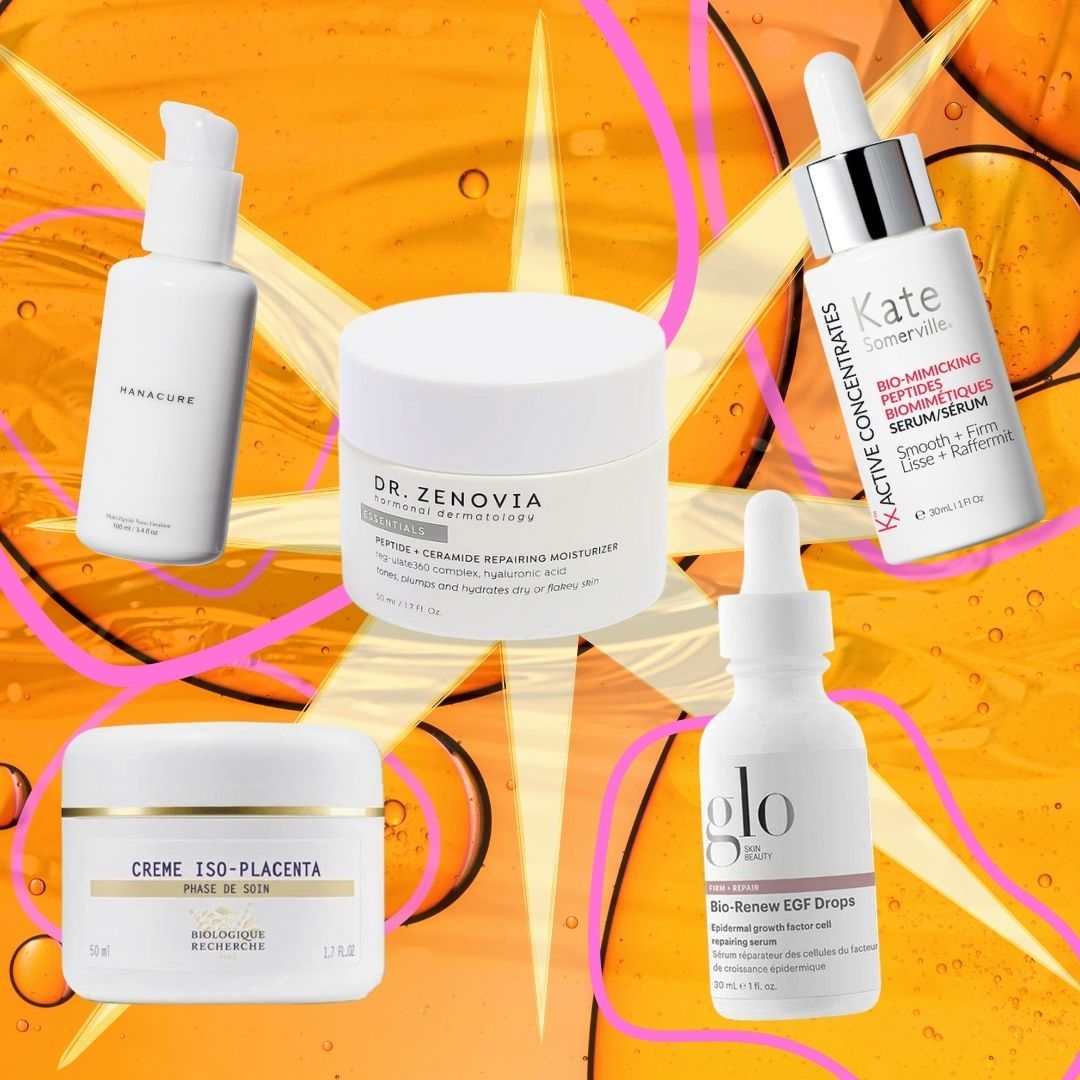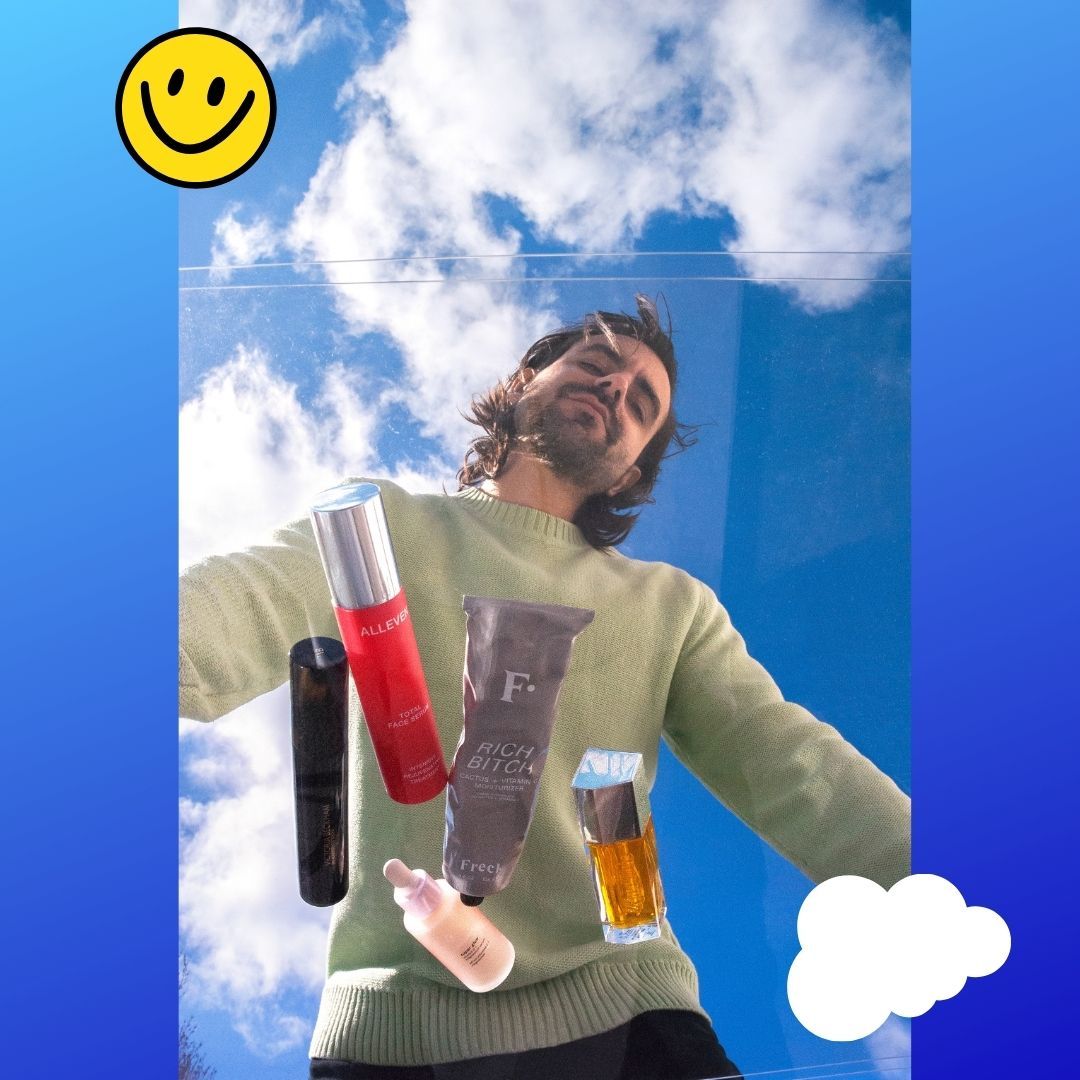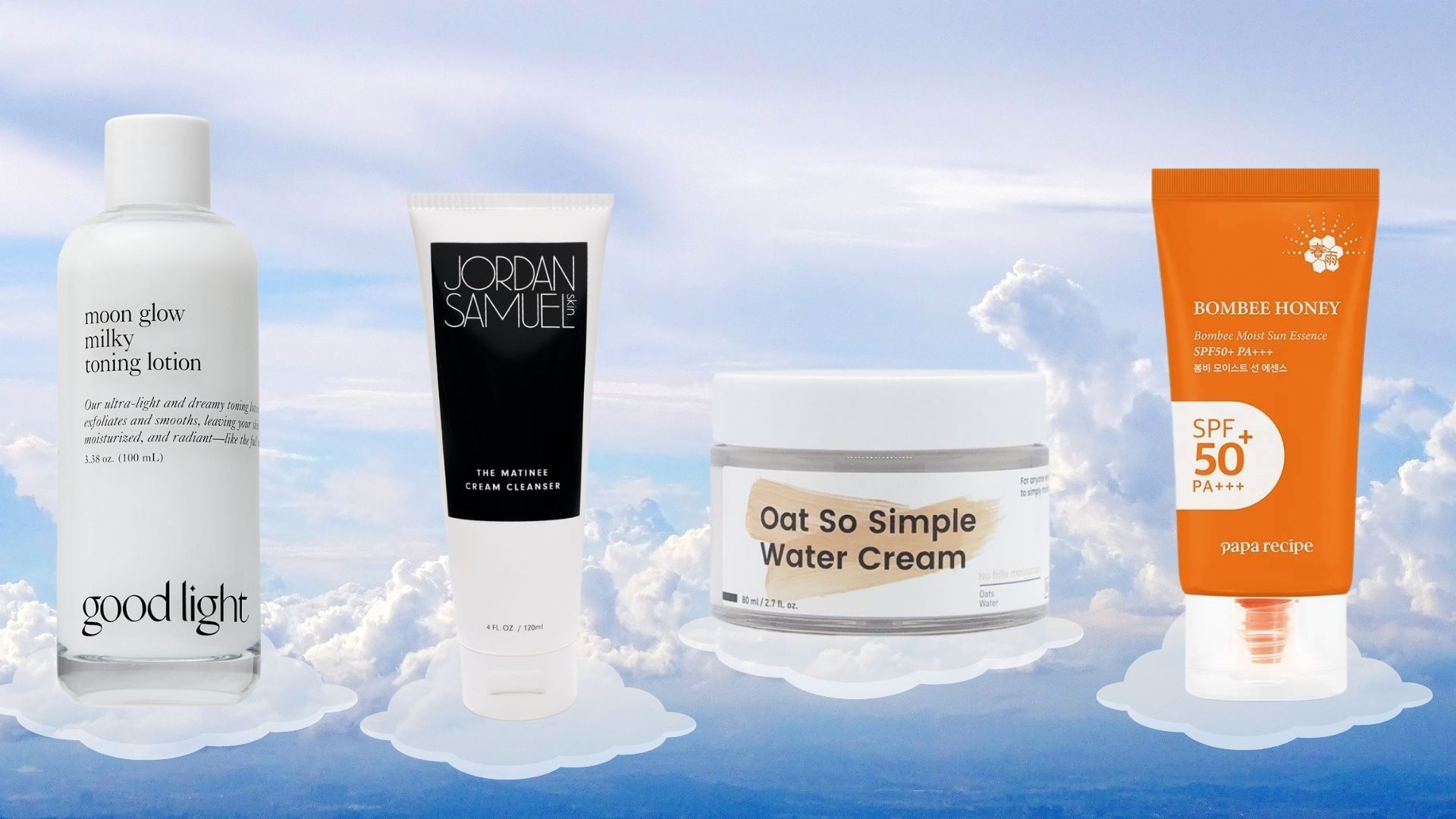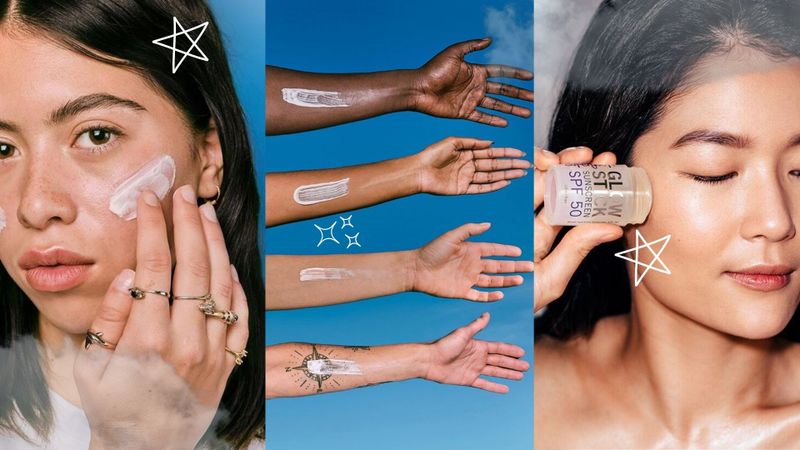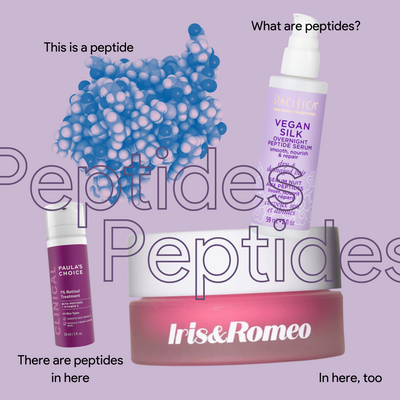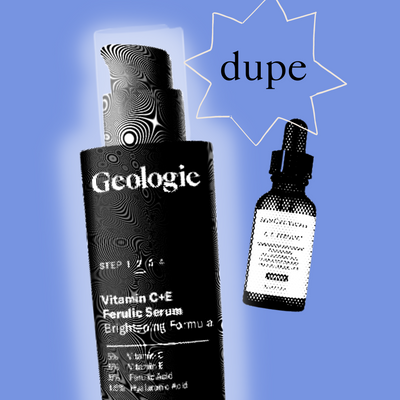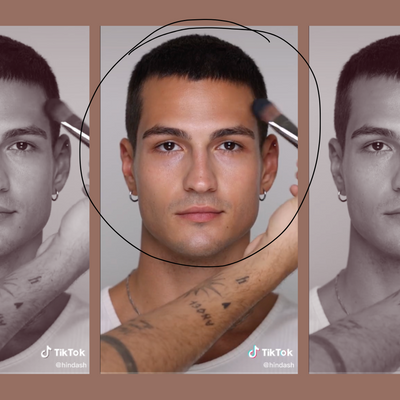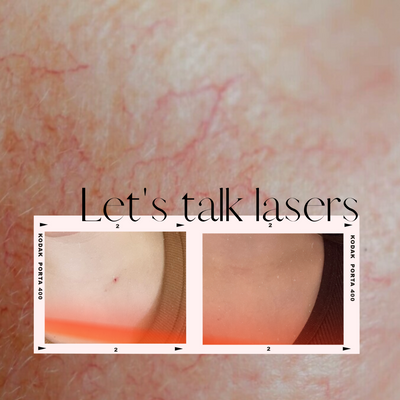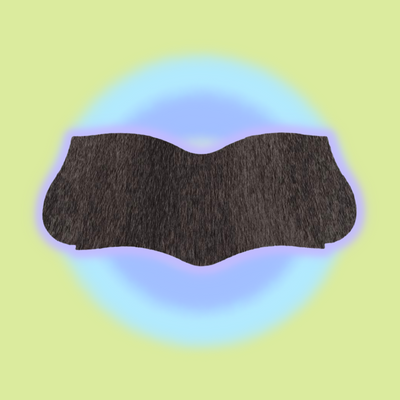Should we really be measuring our sunscreen with teaspoons everytime we apply?
Remember when the skincare brand, Apostrophe, would send a ½ teaspoon along with a purchase of their Screen SPF 43 Sunscreen? Brands are starting to catch on to the fact that sunscreen is much more than its SPF count. The amount of sunscreen applied to the face and body plays an equally important part in protecting our skin from harmful UV rays.
SEE ALSO: Rael’s new acne collection made me realize how much I missed my pimples, not!
But, how much sunscreen should be applied? We have heard all of the claims- the three finger method, ½ teaspoon, ¼ teaspoon, the list goes on. In order to create transparency surrounding the proper amount of sunscreen, Very Good Light sat down with Dr. Claire Chang and Dr. Caren Campbell, two board-certified dermatologists, to break down how much sunscreen should really be applied to the skin.
Is the 3 finger method reliable?
The 2-3 finger method has been growing in popularity as a method for applying the proper amount of sunscreen to the face – but is this reliable?
“The amount of sunscreen needed is based on clinical trials conducted through the FDA which uses the metric of 2 milligrams per square centimeter,” explains Dr. Campbell, “As a general rule of thumb, 2-3 finger lengths of sunscreen approximates this amount, given that finger size is going to be proportional to the surface area of our faces.”
Although the 2-3 finger method holds true to its promise, finger type matters! A line of sunscreen on your pinky and thumb won’t cut it for maximum UV protection. “The index and middle finger do approximate the amount needed for most people,” Dr. Campbell tells Very Good Light
How about your body?
Everyone is talking about new methods to provide maximum sunscreen coverage for the face, but what about the body? The skin on our body is just as important as the skin on our face to protect from harmful UV rays, so how much sunscreen should be applied?
The shot glass rule is a helpful way to portion out sunscreen application for the body, “Most adults require about 1 ounce (enough to fill a shot glass) of sunscreen to cover the body,” explains Dr. Chang.
Similar to how most people won’t carry a teaspoon around to measure sunscreen for their face, most people won’t be carrying around a shot glass to measure their body sunscreen. The idea is to have a reference point to think back to when applying sunscreen to ensure you are receiving the maximum protection.
For the face, is ½ or ¼ teaspoon of sunscreen the correct amount?
The finger method can definitely be used in place of the teaspoon method for sunscreen, but if you are a fan of accuracy, here is what you need to know about the exact teaspoon amounts of sunscreen that should be used.
“For just the face, I recommend about 1/3 of a teaspoon,” explains Dr. Chang, “and of course, the more the better.”
Whether it is more comfortable to apply ⅓ or ½ , as long as you are using one of the two amounts as well as reapplying frequently, this will help to effectively prevent harmful UV damage to the skin.
Choose what is best for YOU
From teaspoons to shot glasses, whichever method provides the best application for your personal skin is the way to go. Each process will allow for the proper amount of sunscreen to be applied to the skin and more can always be applied for extra coverage and safety.
READ MORE LIKE THIS


